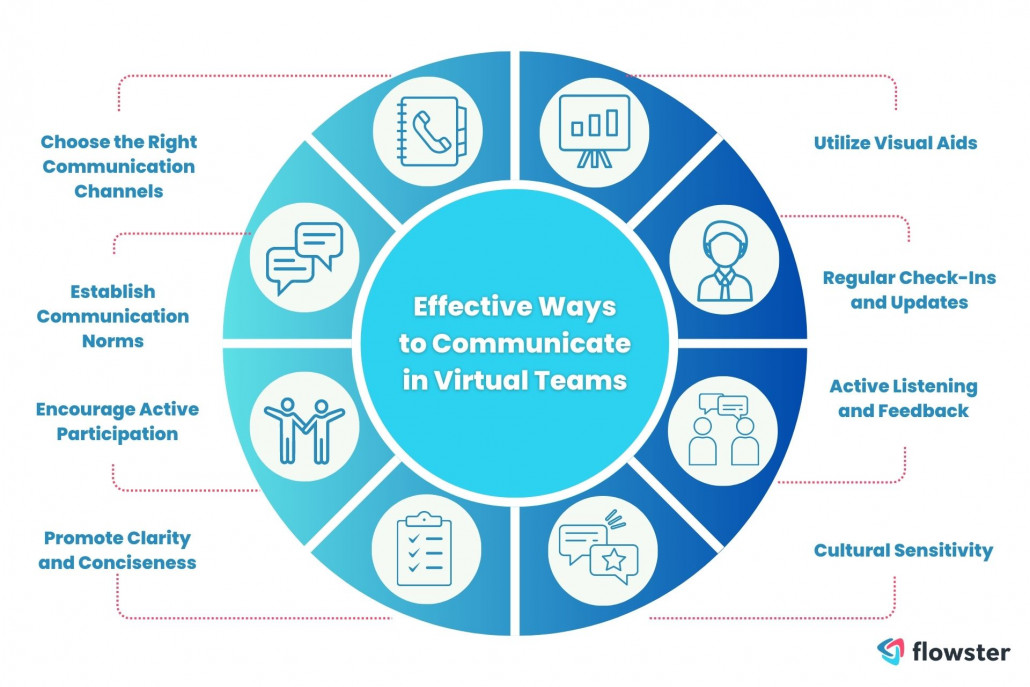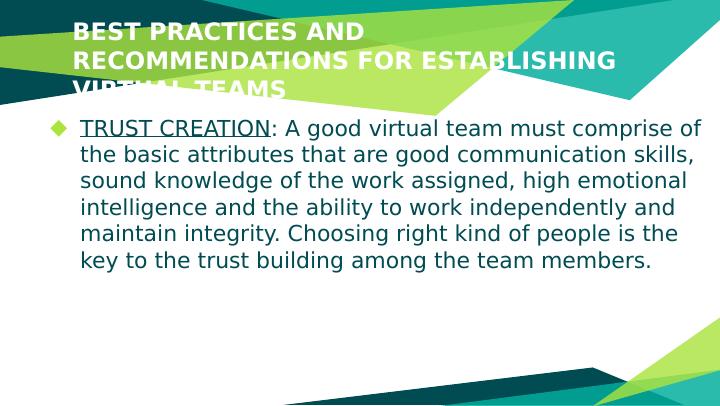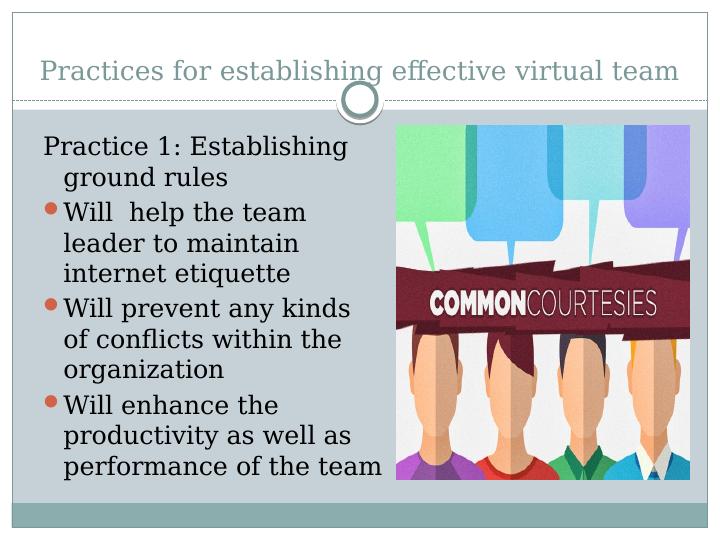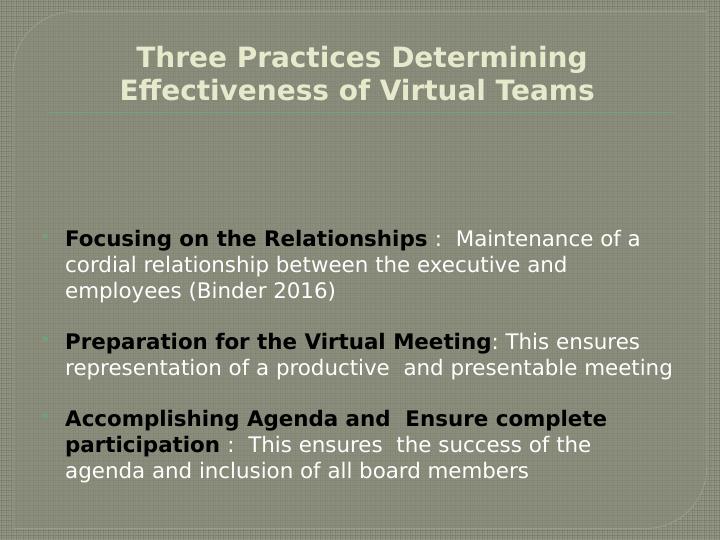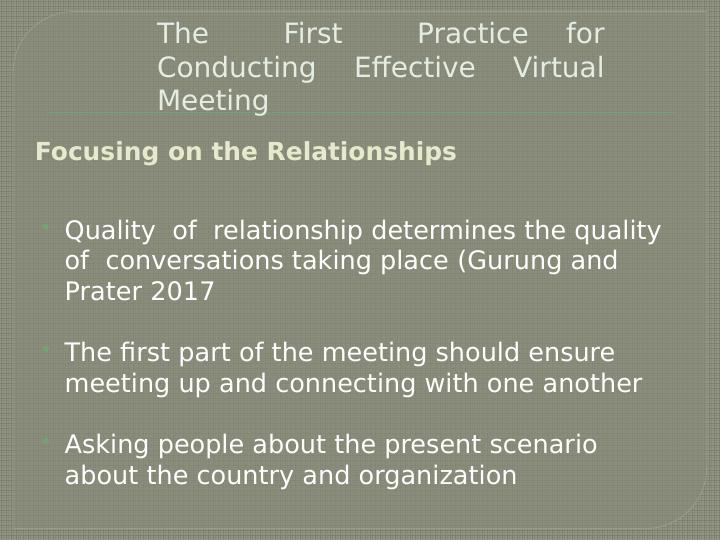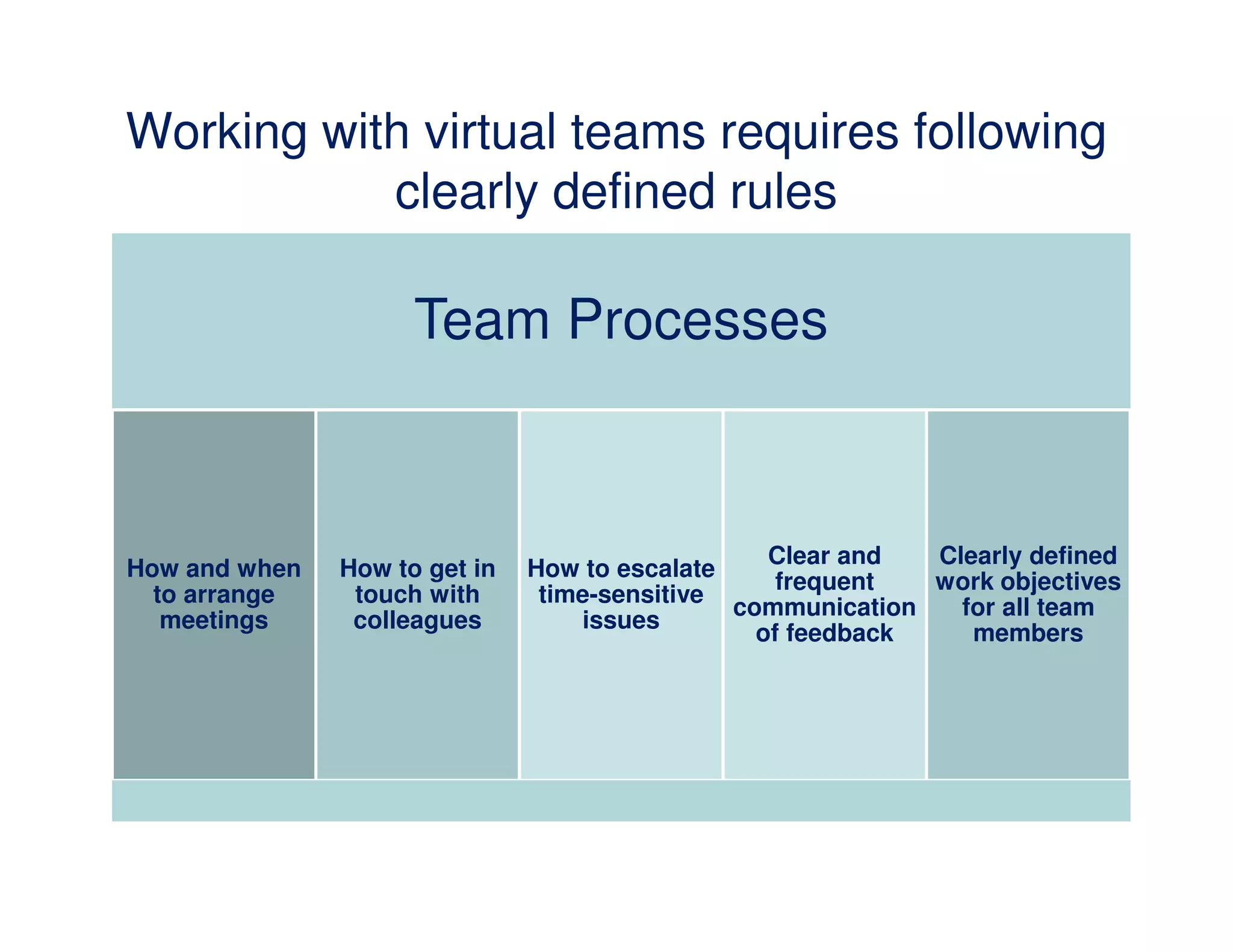Establishing Effective Virtual Teams

The modern workplace is rapidly evolving, with virtual teams becoming increasingly prevalent across industries. However, creating and maintaining effective virtual teams presents unique challenges. Experts are now emphasizing the importance of clear communication, defined roles, and fostering a sense of community to ensure these teams thrive.
At its core, establishing an effective virtual team requires a strategic approach that addresses potential pitfalls, according to a recent report by the Society for Human Resource Management (SHRM). These pitfalls often stem from a lack of face-to-face interaction and the reliance on technology for all communication.
Building a Foundation for Success
Communication is paramount. Teams need to establish clear communication protocols, defining which channels should be used for different types of information. This could include using instant messaging for quick questions, email for formal updates, and video conferencing for team meetings.
Regularly scheduled video conferences are essential to building rapport and maintaining a sense of connection. "Face-to-face interaction, even virtual, helps bridge the gap created by distance," stated Dr. Anya Sharma, a leading expert in virtual team dynamics, during a recent webinar.
Clearly defined roles and responsibilities are also critical. Each team member needs to understand their specific duties and how they contribute to the overall team goals. A lack of clarity can lead to duplicated efforts, missed deadlines, and conflict.
Leveraging Technology
Selecting the right technology tools is crucial. These tools should facilitate collaboration, communication, and project management. Examples include project management software like Asana or Trello, collaboration platforms like Microsoft Teams or Slack, and video conferencing tools like Zoom or Google Meet.
Furthermore, training team members on how to effectively use these tools is essential. Providing resources and support ensures everyone can leverage the technology to its full potential.
"The technology is only as good as the people using it,"emphasized John Davis, a consultant specializing in virtual team optimization. He added that adequate training can significantly improve team productivity and engagement.
Fostering a Sense of Community
Creating a strong sense of community is often overlooked but is vital for long-term success. Virtual teams can suffer from feelings of isolation and detachment, which can negatively impact morale and performance.
Organizing virtual social events, such as online coffee breaks or team-building activities, can help build relationships and foster a sense of belonging. Encouraging team members to share personal updates and interests can also strengthen bonds.
"It's about creating a virtual water cooler," explains Sharma. "These informal interactions can foster trust and improve communication."
The Impact on the Workplace
The shift towards virtual teams has profound implications for the future of work. Companies that can successfully manage virtual teams can access a wider talent pool, reduce overhead costs, and improve employee work-life balance.
However, the challenges are significant. Managers need to develop new skills in virtual leadership, focusing on communication, delegation, and performance management in a remote environment. HR departments must also adapt their policies and procedures to accommodate the unique needs of virtual teams.
Ultimately, the success of virtual teams depends on a commitment to creating a supportive and collaborative environment. By prioritizing communication, clarity, and community, organizations can unlock the full potential of their virtual workforce.
The evolving landscape of virtual teams demands a proactive and adaptable approach. Organizations must invest in the necessary tools, training, and strategies to create thriving virtual environments. This investment will contribute to increased productivity, employee satisfaction, and overall organizational success.

